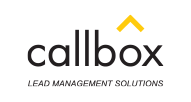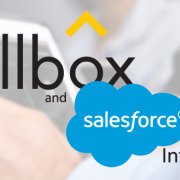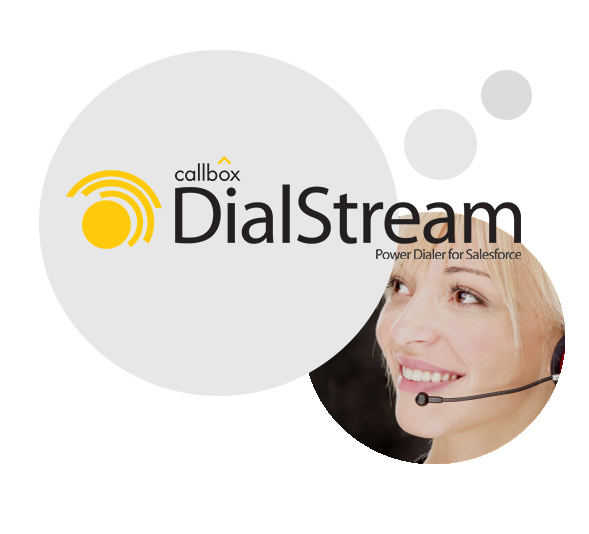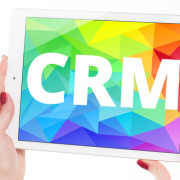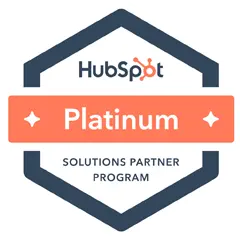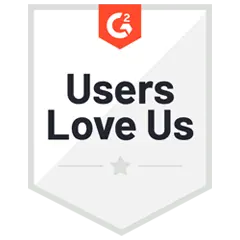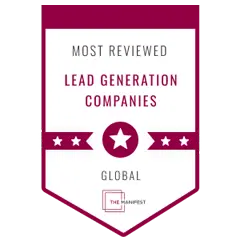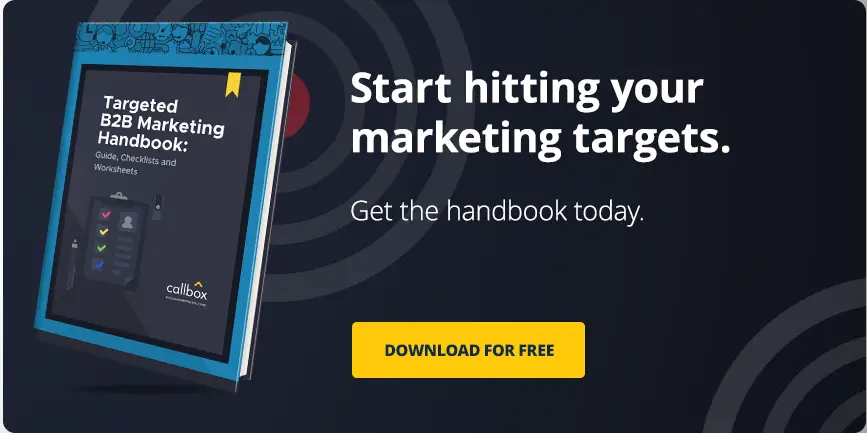The 5 Main Reasons Your Marketing Automation Is Failing (How to Fix it)
What’s in marketing automation? Why is everyone talking about it?
Marketing automation is a software that lets you schedule repetitive tasks to perform on your behalf. Tasks such as;
- Send out a bunch of email to your prospects
- Schedule a blog post
- Send a reminder to certain actions – make a follow-up call or send SMS.
- Schedule an action such as send a follow-up email for some triggers
According to SiriusDecisions, 85% of B2B marketers use marketing automation platform but they feel like they’re not using it to its full potential. Who wouldn’t want to just sit down and let your marketing automation do the work for you?
However, if it’s really that good, why is it that many business owners and marketers still fail on their marketing automation? Here are the 5 main reasons why marketing automation fails. *include tips at the bottom on how to fix it.
#1. Having a robotic message
Marketing automation tool allows you to send out mass emails using templates so the message is less personalized.
How to fix it?
- Craft the message carefully.
- Address them by their first name on the email.
- When choosing a marketing automation tool, find one that lets you fetch the name of the person you’re sending an email.
For example:
Hi %%FIRST_NAME%%,
Over 2 billion photos and videos are uploaded to social media each and every day; a staggering amount of content.
Chances are that some of that content could be used by you to improve your marketing effectiveness. But how do you get your hands on it and in an easy and scalable way?
If you are interested in how ABC Pacific, EI Corporation and Cruise Ltd. has used UGC (User Generated Content) to improve their marketing outcomes, then we’d love to talk.
I was hoping you are the right person from %%COMPANY%% to talk to about this. If not can you please point me in the right direction?
Regards,
Anna Anderson
a.anderson@xyzcompany.com
That looks like the one below when the recipient receives it.
Hi Peter,
Over 2 billion photos and videos are uploaded to social media each and every day; a staggering amount of content.
Chances are that some of that content could be used by you to improve your marketing effectiveness. But how do you get your hands on it and in an easy and scalable way?
If you are interested in how ABC Pacific, EI Corporation and Cruise Ltd. has used UGC (User Generated Content) to improve their marketing outcomes, then we’d love to talk.
I was hoping you are the right person from XYZ Company to talk to about this. If not can you please point me in the right direction?
Regards,
Anna Anderson
a.anderson@xyzcompany.com
Related: 10 Stats That Prove Marketing Automation can Generate Leads [VIDEO]
#2. Invading personal space on social media.
When trying to engage someone in a conversation, it’s better if you’re not too familiar with your prospect. It can be a little creepy if you know what’s happening in their life.
How to fix it?
- Be conversational but maintain professionalism.
- Don’t be too personal. Don’t use lines like;
“Hi Peter! Congratulations on being a new dad. Sam looks so adorable!”
Related: The Secret Ingredient in Turning Your Social Followers Into Qualified Leads
#3. Lack of quality content.
Marketing automation allows you to distribute contents easier. But one of the reasons why marketing automation is a failure is lack of quality content. Why? You won’t have something to communicate with your prospects. Content is one way of engaging and connecting with your prospects.
How to fix it?
- Be consistent on producing high-quality content
- Produce the right content – talk about common issues within your industry and how to solve them to connect with your prospects. Here’s an article for newbie content marketers to get started.
#4. Unfocused marketing objectives.
When it comes to marketing automation setting a clear goal is important. Having too many goals can affect the success of your marketing effort. Goals such as;
- Increase the number of inbound leads in a month
- Increase your conversion by 20%
How to fix it?
- If your goal is to convert more leads into customers, then you need to invest in marketing automation software.
However, after you’ve purchased a marketing automation tool, what will be your next plan?
- Think of how you can increase your conversion.
- Nurture your prospects. Below are some of our compiled articles on lead nurturing to help you with:
Divide your team into 3 and have each one handle every stage. For example:
TOFU (Top of the funnel)
The Awareness team. Top of the funnel is all about attracting prospects. How to attract prospects and visitors?
- Content marketing
- SEO
- Social media campaign
MOFU (Middle of the funnel)
The Nurturing team. Middle of the funnel is more on nurturing those who would like to consider your product or service. How?
- Send out follow email
- Make a follow-up call
Learn more about Callbox lead nurturing process and tool.
BOFU (Bottom of the funnel)
The Closer. Bottom of the funnel is the part where prospects get to decide to buy from you. In doing this, you have to make sure to maintain the relationship even after they have purchased from you.
Related: How Marketing Automation Increased My Client’s Appointments in 30 Days
#5. Not knowing how marketing automation works.
Marketing automation vendors will tell you how to how their software works but not how to create your own marketing strategy. Understanding how it works and how to implement it effectively will help increase your conversion.
How to fix it?
- Before you decide to have a marketing automation, create a marketing plan.
- Make sure to research first which marketing automation software to choose that fits your marketing needs.
Marketo, Hubspot, etc, regardless what marketing automation software you use as long as you have a clear marketing strategy, you know how your marketing automation works and how to use it effectively, you won’t have any problem wasting time, money and effort.
